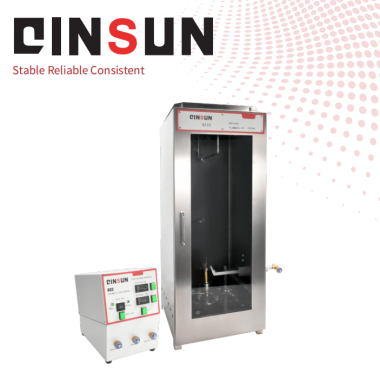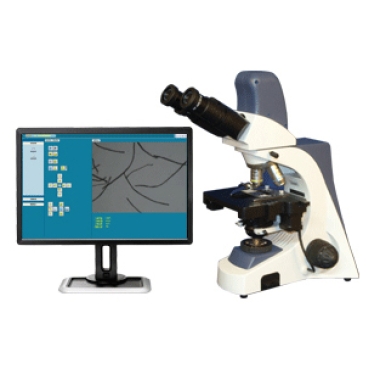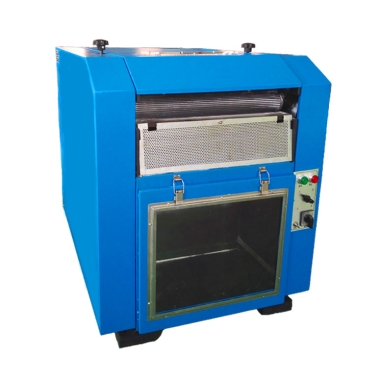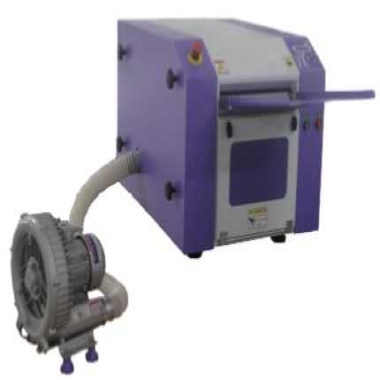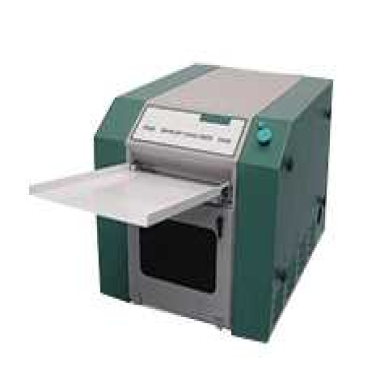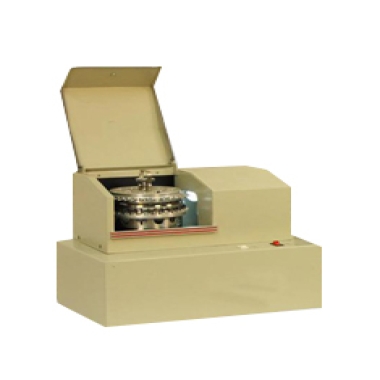Dental Implant Fatigue Tester
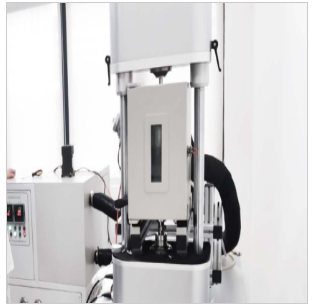
Standards:
ISO 14801
Scope of Application:
The static torsion testing machine for dental implants is used to apply a twisting force to a dental implant assembly or its components until failure or a specified torque or angle limit is reached. This test provides critical data for:
Evaluating the torsional strength: Measuring the maximum torque the implant, screw, or connection can withstand before yielding or fracturing. This includes ultimate torsional strength and yield strength in torsion.
Assessing torsional stiffness: Determining the resistance to angular deformation under applied torsional load, often calculated from the torque-angle curve.
Studying failure modes: Observing how and where failure occurs within the implant, screw, or connection under static torsion (e.g., screw fracture, stripping of internal or external threads, fracture of the implant body or abutment). This informs design improvements.
Verifying tightening torque resistance: Ensuring that prosthetic screws and connections can withstand the clinically recommended tightening torques repeatedly without plastic deformation or damage.
This data is essential for the design validation, quality control, and regulatory approval of dental implant systems, contributing to the safety and long-term success of dental restorations.
Product Advantages:
The Dental Implant Static Torsion Tester offers several advantages for evaluating the torsional integrity of dental implant components:
Precise Measurement: Provides accurate measurement of applied torque and resulting angular displacement throughout the test.
Evaluates Critical Connections: Specifically designed to test the strength and behavior of the screw-abutment-implant interface, a common site of potential mechanical complications in dental implant systems.
Reveals Failure Modes: Allows for detailed observation and analysis of how components fail under torsional stress, providing insights for optimizing design and material selection.
Supports Quality Control: Essential for verifying the manufacturing quality and consistency of implant components and assemblies against established torsional strength specifications.
Aids Research and Development: Provides crucial data for developing and validating new materials, implant designs, and connection types with improved torsional properties and clinical reliability.
Standard Compliant: Enables testing according to relevant international standards, ensuring test results are comparable and recognized globally for regulatory purposes.
Product Features:
The static torsion testing machine for dental implants typically has the following technical features and parameters:
Loading system: High-precision motors or hydraulic devices are used as the power source to ensure the stability and accuracy of the loading process, applying a controlled torsional force or angular displacement to the specimen.2
Transmission system: The power from the loading system is transmitted to the dental implant specimen through a precise transmission mechanism to apply torsional force accurately and smoothly, minimizing unwanted axial loads or bending moments.3
Detection system: Equipped with high-precision torque sensors and angular sensors, it is used to monitor and record in real-time the changes in torque and angle during the torsion process.4 This allows for the generation of a detailed torque-angle curve, which is used to determine key mechanical properties.
Specialized gripping mechanisms and fixtures designed to securely hold the dental implant body, abutment, and/or screw in the correct alignment for applying a pure torsional load to the specific component or interface being tested, preventing slippage or misalignment.
Control software for setting test parameters (e.g., test speed, torque limit, angle limit, data acquisition rate), executing the test program automatically, and performing data analysis (e.g., calculating yield torque, ultimate torque, torsional stiffness, angle at break).
Ability to perform tests under different control modes, typically either applying a constantly increasing torque (torque control) or rotating at a constant speed (angular displacement control).
Technical Parameters:
Torque Capacity: (e.g., typically ranging from 10 Nm to 100 Nm, or higher if testing larger components or stronger connections, sufficient for testing dental implant screws and assemblies which often fail in this torque range)
Angular Displacement Range: (e.g., ±360 degrees, ±720 degrees, or more, to capture the full deformation before fracture)
Accuracy of Torque Measurement: (e.g., ±0.5% of reading, ±1% of reading, or better, depending on the required precision as per standards)
Accuracy of Angular Displacement Measurement: (e.g., ±0.1 degrees, ±0.5 degrees, or better)
Testing Speed Range (Rotational): (e.g., 0.1 to 30 degrees/minute, 0.5 to 60 degrees/minute, or as specified by relevant standards)
Sample Gripping Capacity: (Designed to accommodate the outer diameters and geometries of various dental implant body types, abutment designs, and screw sizes)
Test Control Mode: (Typically includes Torque control and Angular displacement control)
Data Acquisition Rate: (e.g., 100 Hz, 500 Hz, or higher, to accurately capture the torque-angle curve)
Power Supply: (e.g., AC 110V or 220V, 50/60 Hz)

Leave Message Get Price



